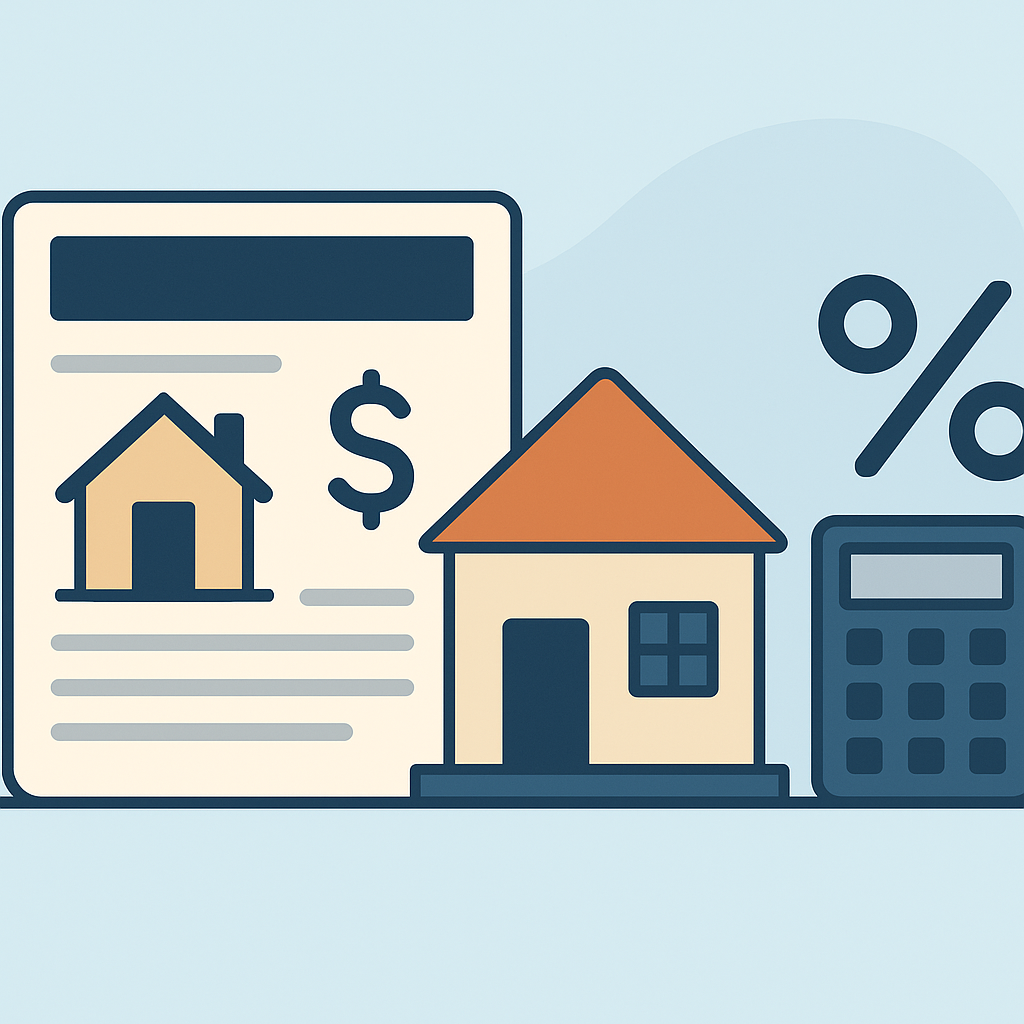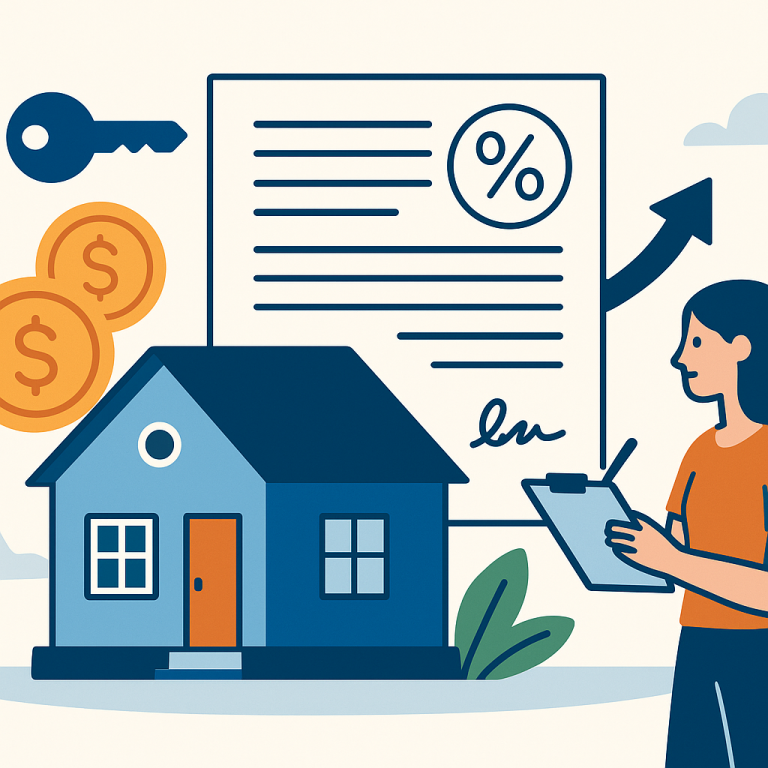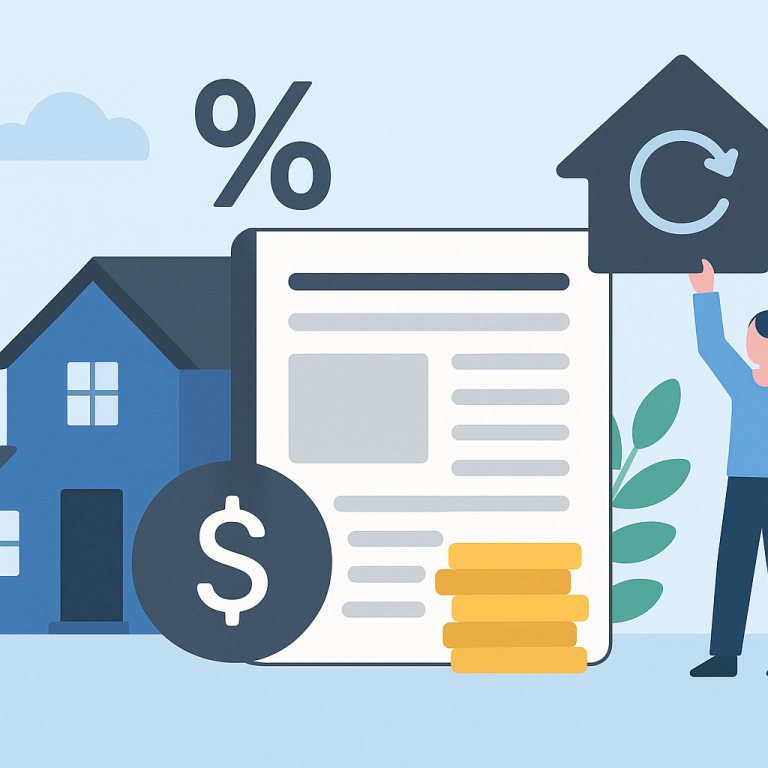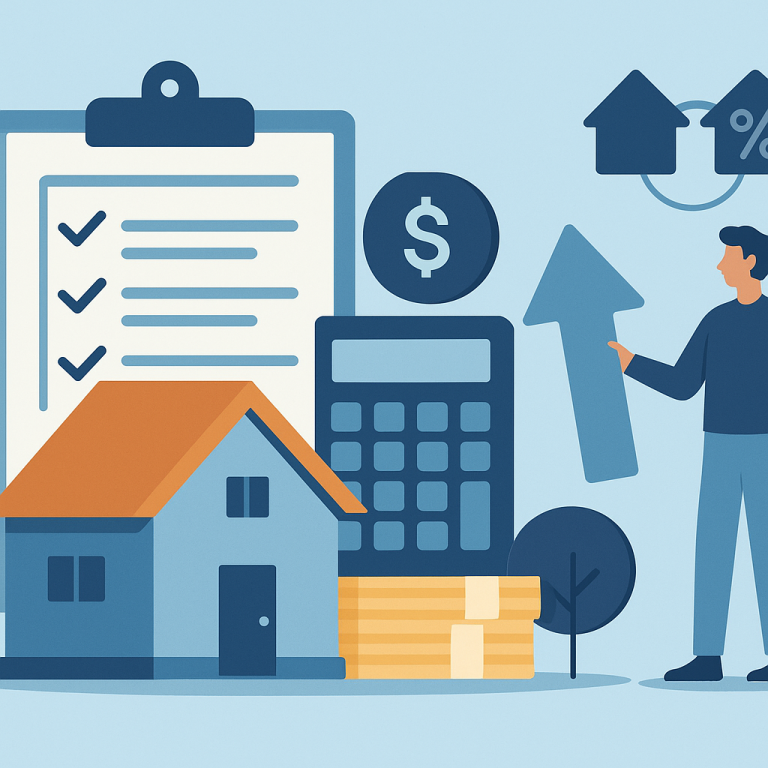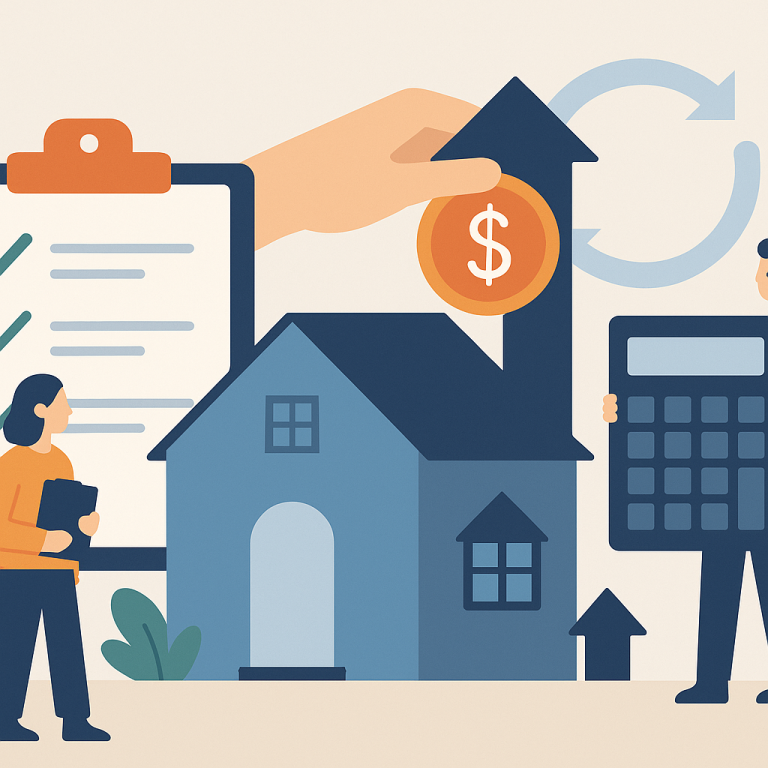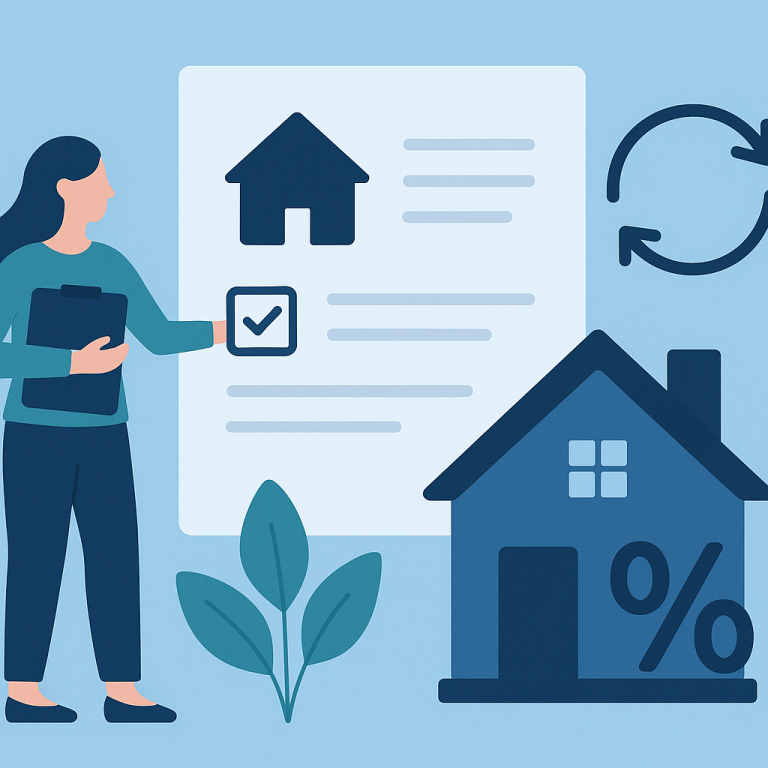Refinance Applications Drop 18% As Mortgage Rates Climb Above 6%
Refinancing Picks Up as Rates Stabilize; Homeowners Should Target Clear Savings
Refinancing mortgage loans is emerging as a more targeted opportunity for homeowners now that long-term interest rates have settled after a period of volatility. Lenders have adjusted offerings and underwriting practices in response, creating a window for borrowers with higher-rate mortgages or specific financial goals to lock in improved terms. For the majority, the decision hinges on clear, measurable savings rather than general market optimism.
Mortgage products and lender incentives have become more varied. Conventional fixed-rate loans remain the primary choice for borrowers seeking predictability, while adjustable-rate and shorter-term products are positioned to appeal to those focused on lower initial payments or faster principal reduction. Some lenders are also offering limited-time credits or reduced fees for borrowers who meet certain credit and equity thresholds, though such incentives are not universal.
At the same time, refinancing for cash-out purposes has seen mixed demand. Homeowners with significant built-up equity and plans for home improvement or debt consolidation may find cash-out refinancing attractive, but higher closing costs and stricter underwriting can offset potential benefits. Conversely, borrowers whose primary goal is rate-and-term improvement often benefit most when their current rate is meaningfully above available alternatives.
What Homeowners Should Consider Before Refinancing
- Calculate the break-even point: Compare total refinancing costs to monthly savings to estimate how long it will take for the transaction to pay off. If you do not expect to remain in the home beyond the break-even period, refinancing may not be economical.
- Assess your credit and equity: Better credit scores and higher loan-to-value positions generally secure more favorable rates and lower fees. Borrowers with thin equity or recent credit events may face higher costs or additional documentation.
- Consider loan term adjustments: Refinancing to a shorter term can reduce interest paid over the life of the loan but may increase monthly payments. Conversely, extending the term lowers monthly payments but can raise total interest expense.
- Shop multiple offers and ask about fees: Lender rate quotes do not capture all costs. Request a loan estimate from several lenders and compare closing costs, lender credits, and prepayment penalties.
- Lock timing and rate risk: If you find a competitive rate, consider a rate lock to protect against market moves during the underwriting period. Understand the lock duration and any fees for extending it.
- Explore streamlined options: Some government-backed and portfolio loans offer streamlined refinancing paths with reduced documentation and appraisal waivers for qualified borrowers.
Advisers note that the most advantageous refinance cases are straightforward: homeowners with substantially higher existing rates, sufficient equity, and plans to remain in the home beyond the refinance break-even horizon. For others, incremental savings may be eroded by closing costs, extended terms, or risk of moving.
Ultimately, refinancing decisions are highly individual. Homeowners should run side-by-side scenarios that factor in all transaction costs and projected time in the home, and they should consult with multiple lenders to verify the best available terms for their specific financial profile.
META: mortgage refinancing, rates stabilizing, homeowner takeaways, break-even analysis

